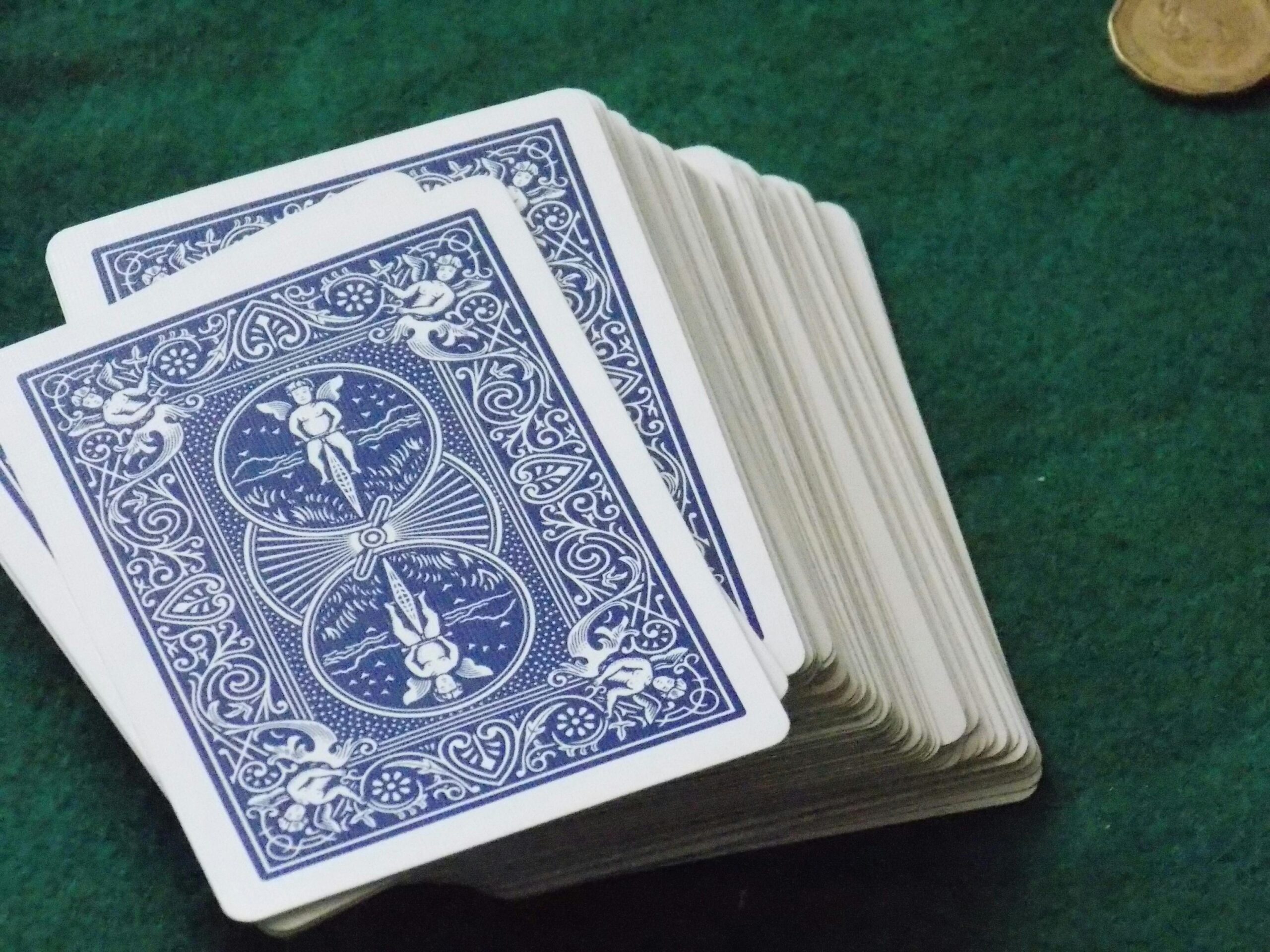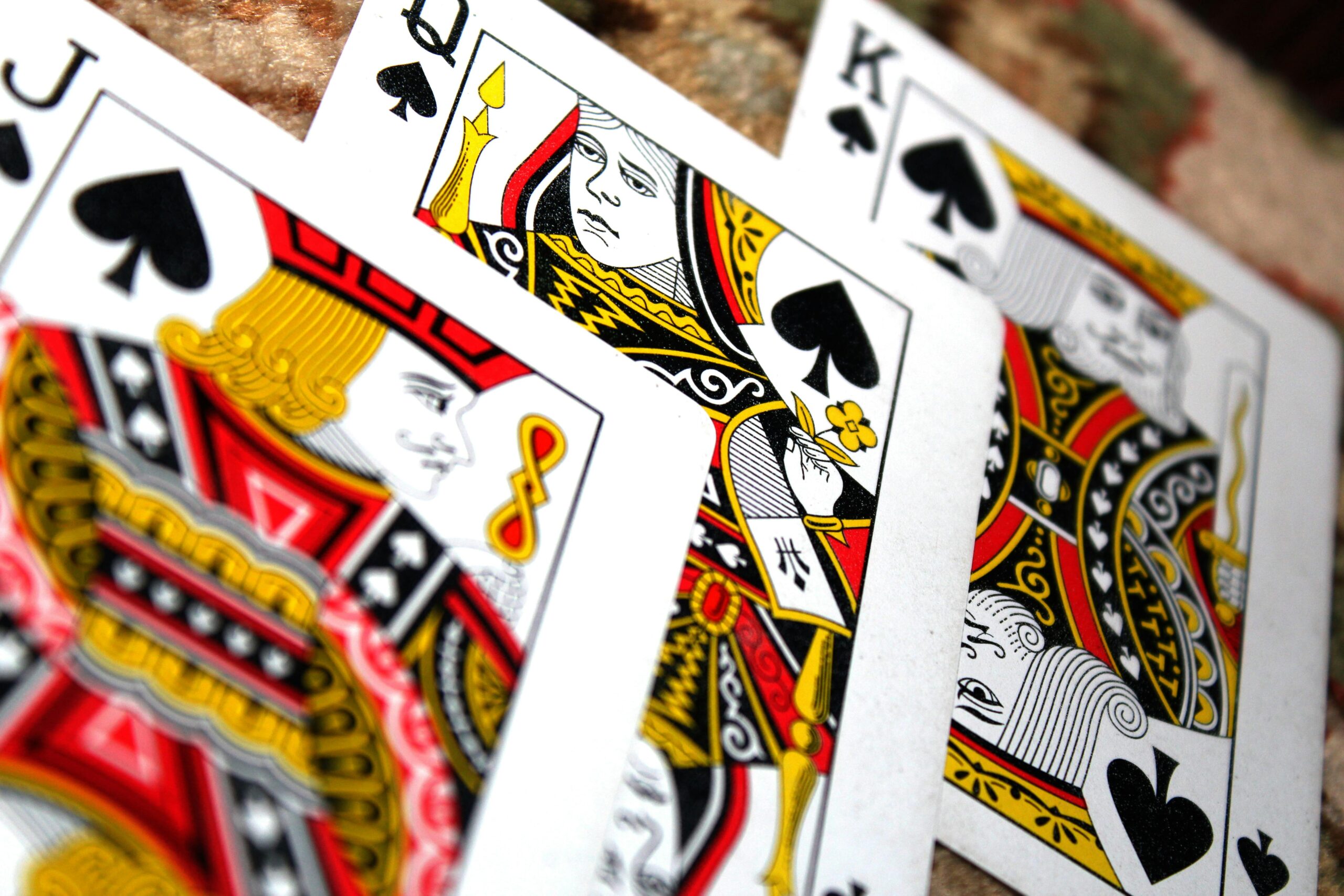Embrace the thrill and strategy of one of the most popular poker games in the world with our guide on “Texas Hold’em Essentials: Mastering the Game.” Designed for both novice and experienced players, this article delves into the core tactics, strategies, and understanding needed to elevate your Texas Hold’em gameplay. From grasping the basics to mastering the art of bluffing, this comprehensive guide aims to sharpen your skills and increase your chances of securing the pot.
Understanding the Basics
Before diving deep into strategies, it’s crucial to understand the foundational elements of Texas Hold’em. The game is played with a standard 52-card deck, and each player is dealt two private cards (hole cards) that belong only to them. Five community cards are dealt face-up on the “board.” Players have the option to check, bet, raise, or fold throughout the game rounds: preflop, flop, turn, and river.
The Hand Rankings
- Royal Flush: A, K, Q, J, 10, all the same suit.
- Straight Flush: Five cards in a sequence, all in the same suit.
- Four of a Kind: Four cards of the same rank.
- Full House: Three of a kind with a pair.
- Flush: Any five cards of the same suit, but not in a sequence.
- Straight: Five consecutive cards of different suits.
- Three of a Kind: Three cards of the same rank.
- Two Pair: Two different pairs.
- One Pair: Two cards of the same rank.
- High Card: When you haven’t made any of the hands above, the highest card plays.
Strategic Play
Success in Texas Hold’em lies not just in the cards you are dealt but in how you play them. Understanding position, calculating odds, and reading your opponents are key elements to consider.
Position Is Power
Your position at the table relative to the dealer’s button affects the amount of information available to you before making a decision. Being ‘in position’ means you are among the last to act in a betting round, giving you the advantage of observing the actions of players before you.
Calculating Odds and Outs
Understanding the likelihood of improving your hand after the flop can help in decision-making. Calculating outs (cards that will improve your hand) and using them to estimate the probability of securing a winning hand is a fundamental skill in poker strategy.
Psychology and Bluffing
A key component of poker is the psychology involved in betting and bluffing. Mastering the art of deception and being able to read tells in others can turn the tide of the game in your favor.
Advanced Tips
Beyond the basics, refining your approach with advanced strategies can significantly improve your win rate. Exploring concepts like semi-bluffing, pot odds, and the importance of table image and dynamics will further deepen your understanding and execution of the game.
Practice Makes Perfect
While knowing the strategies is essential, nothing beats practical experience. Engage in as many hands as you can, learn from your mistakes, and continuously adapt your strategy. Online platforms, local tournaments, and friendly games provide valuable opportunities to apply your knowledge and refine your skills.
Mastering Texas Hold’em requires time, patience, and continuous learning. By understanding the essentials outlined in this guide and applying them in your gameplay, you’ll find yourself well on your way to dominating the tables and enjoying the complexities of this captivating game.








